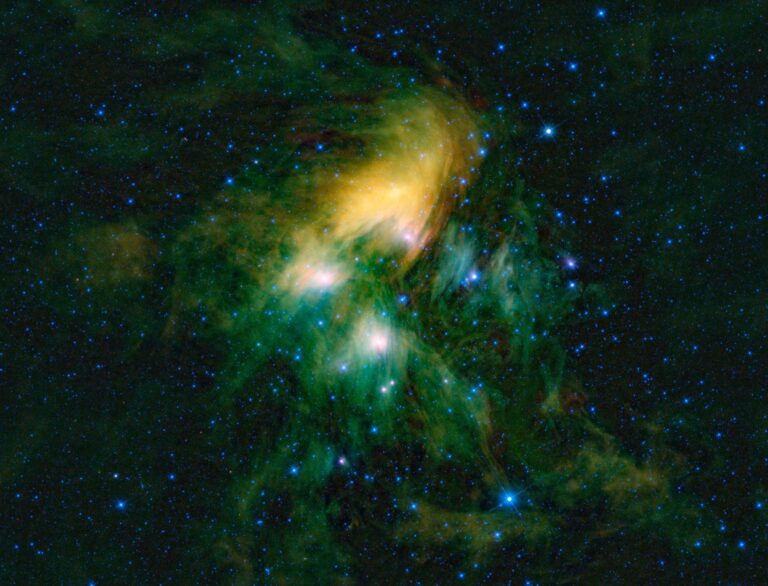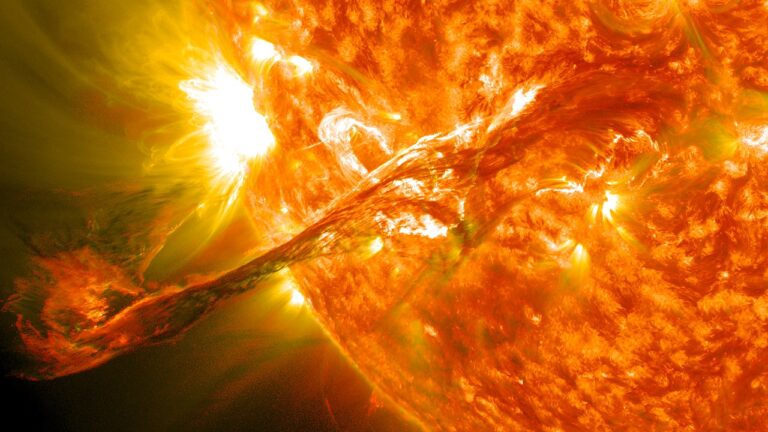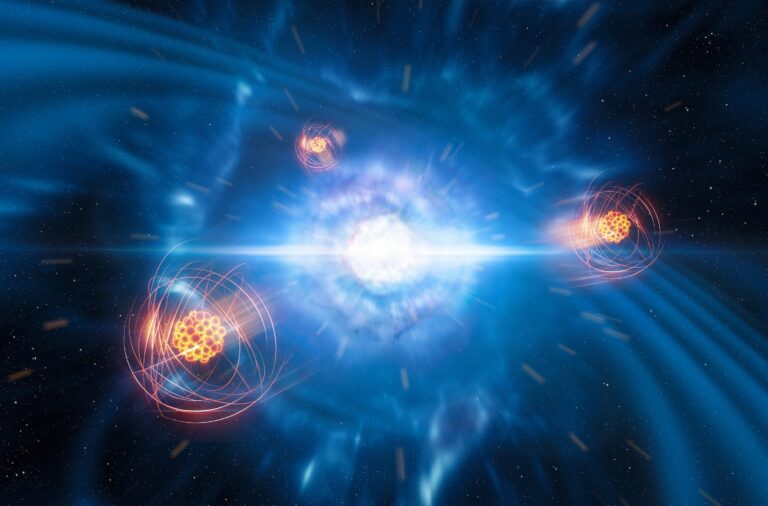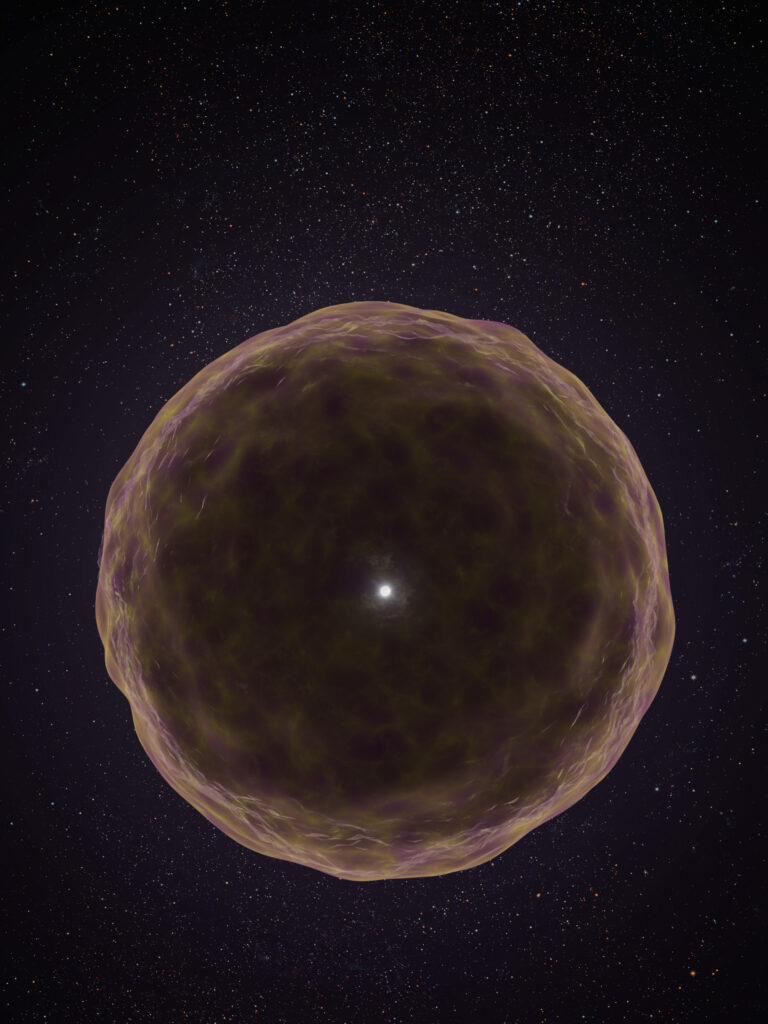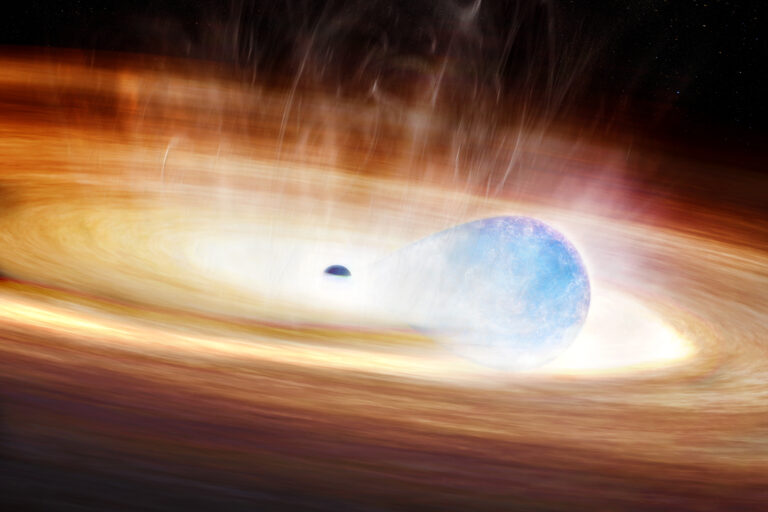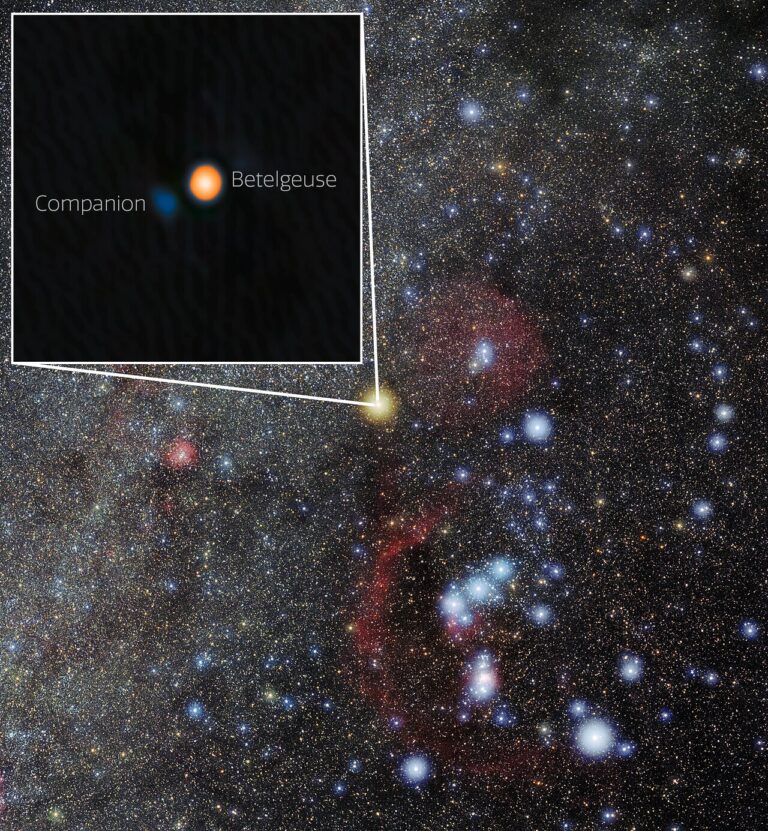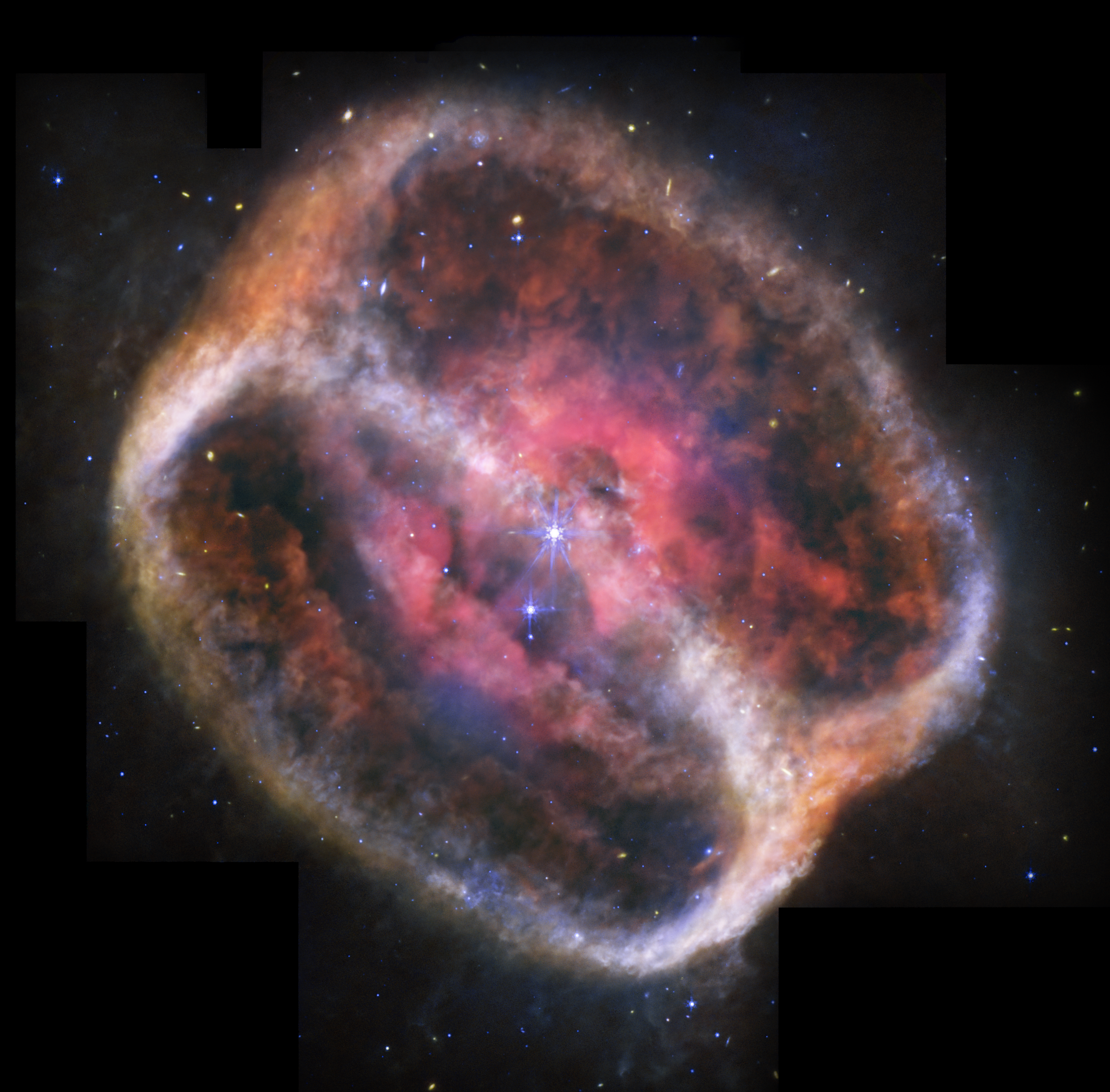
Key Takeaways:
- Stars up to eight solar masses conclude their lives by shedding outer layers, forming spectacular planetary nebulae of glowing gas and dust in a phase lasting tens of thousands of years.
- The James Webb Space Telescope (JWST) has provided significantly enhanced, high-resolution observations of the Crystal Ball Nebula (NGC 1514), revealing intricate structures such as tangled patterns, clumpy knots in its dusty rings, an hourglass shape, and distinct voids within its bright core.
- The morphology of NGC 1514, including its rings, is sculpted by a central 9th-magnitude binary system, where the primary star's evolution into a white dwarf and its companion's gravitational influence during mass ejection shaped the nebula.
- The rings of NGC 1514 are composed primarily of small dust grains that emit mid-infrared light upon excitation by ultraviolet radiation from the central white dwarf; notably, the absence of polycyclic aromatic hydrocarbons (PAHs) contributes to the exceptional clarity of the JWST imagery.
A star like the Sun lives modestly for billions of years, converting the nuclear fuel in its core into energy that ultimately escapes as light and heat. But the most spectacular phase of a Sun-like star’s existence lasts only tens of thousands of years and coincides with its death. The star puffs off its outer layers and forms a stunning planetary nebula of glowing gas and dust.
This fate awaits all stars that begin life with up to 8 solar masses. So far, astronomers have cataloged some 3,500 planetary nebulae in our galaxy. Most look best in visible light, but a few put on their best face when viewed at longer infrared wavelengths.
The Crystal Ball Nebula (NGC 1514) in Taurus makes perhaps the best case. At optical wavelengths, the nebula appears roughly spherical with several small bubbles. Infrared observations from 15 years ago revealed two dusty rings that encircle the visible nebula, which lies 1,500 light-years from Earth. And now the James Webb Space Telescope (JWST) has sharpened our view even further, resolving tangled patterns and clumpy knots in the rings.
An exquisite vista

“Before Webb, we weren’t able to detect most of this material, let alone observe it so clearly,” said Mike Ressler, project scientist for JWST’s Mid-Infrared Instrument (MIRI), in a press release. Ressler, a researcher at NASA’s Jet Propulsion Laboratory in Pasadena, California, discovered the rings in 2010 in an image taken with NASA’s Wide-Field Infrared Survey Explorer (WISE). “With MIRI’s data, we can now comprehensively examine the turbulent nature of this nebula,” he said.
JWST reveals NGC 1514’s hourglass shape, dusty clumps throughout the rings, and a bright pink core — the only region visible at optical wavelengths — riddled with distinct voids. Sitting at the nebula’s center is a 9th-magnitude binary system. Its two stars follow a tight, elongated orbit that takes nine years to complete, and reside close enough to each other that even JWST can’t separate them. The slightly fainter star to the binary’s lower left lies in the foreground.
The binary system has been sculpting the nebula for at least the past 4,000 years. The primary star began life with several times the Sun’s mass. “As it evolved, it puffed up, throwing off layers of gas and dust in a slow, dense stellar wind,” said David Jones, a senior scientist at the Institute of Astrophysics of the Canary Islands and the person who confirmed the binary’s existence in 2017. “When the primary star was shedding material, the companion likely got very close, influencing the shape of the ejected gas and dust.”
A clear view
The primary’s exposed core has become a super-hot white dwarf with a much faster stellar wind. The dwarf’s ultraviolet radiation excites the surrounding gas and causes it to glow, while the high-speed wind punches holes in the inner nebula.
The two rings show lots of texture that WISE did not pick up. “We think the rings are primarily made up of very small dust grains,” said Ressler. “When these grains are hit by ultraviolet light from the white dwarf star, they heat up ever so slightly, which makes them just warm enough to emit the mid-infrared light MIRI detects.”
Surprisingly, spectra found no hint of the complex carbon molecules known as polycyclic aromatic hydrocarbons, which are common in other planetary nebulae. These smokelike compounds make many planetaries appear hazy; their absence in NGC 1514 helps make the JWST image so sharp.

